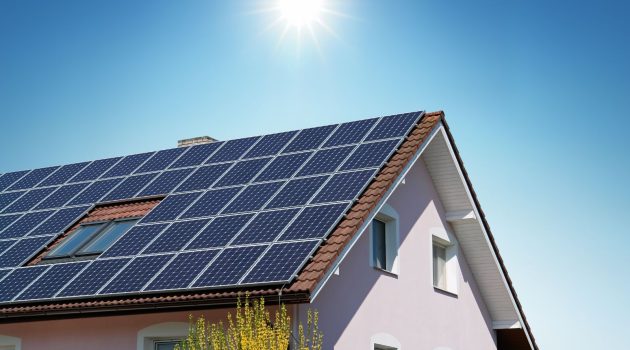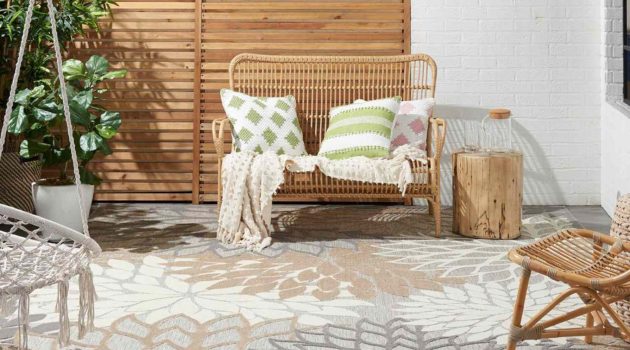High energy bills are a concern when you’re juggling monthly budgets and outgoing expenses. But when it’s paired with growing awareness surrounding the environment, it’s clear to see why energy consumption is a big topic.
We all want to reduce our energy consumption.
If you’re struggling to make changes, there’s no need to worry. Here are five smart ways to reduce your energy consumption at home from.
1. Embrace Passive Design
One of the most effective ways to reduce energy consumption is taking advantage of your home’s passive design. Passive housing is all about energy efficiency without a heavy dependence on heating or cooling.
There’s a natural relationship between solar gains, ventilation, insulation and internal temperature.
One good example for a natural reduction in heat absorption is closing your blinds in summer, and opening them in winter. It means you can take advantage of the limited heat in winter and deflect the excess heat in summer.
Double or triple-paned windows provide additional benefits with temperature management.
Using your home’s natural layout to reduce the reliance on electricity is incredibly beneficial. You can take simple steps towards reduced energy usage.
You will have a cost-effective home all year round as passive design techniques take your home close to Net Zero and Net Positive outcomes.
2. Arrange Your Furniture Layout
Take a look at where your furniture is as part of your home’s passive design. Simply moving and rearranging furniture could reduce electricity usage and energy consumption at home.
Some furniture can impact your heating and cooling costs if it’s obstructing vents. Couches and bookshelves are two of the most common pieces of furniture that block floor or wall vents.
And if chilled air cannot flow properly, the central AC will just work harder to compensate.
If you find yourself heating up in the home office due to solar orientation, consider moving your desk and computer into a cooler room. A west-facing home office receives the afternoon summer sun, while a north or south facing desk captures far less direct sunlight.
Blinds and sun shades also make the perfect addition to windows receiving harsh sun rays. You can dampen the effects and keep the house naturally cooler for longer periods of time.

3. Upgrade to LED Lighting
LED lighting delivers an energy efficient performance we can all be proud of. Modern LED lights last longer, require less energy, and deliver far more effective illumination in small and large spaces.
LEDs use roughly 75% less energy than older light bulbs, including halogen bulbs. They can also last 5-10 times longer on average with some lasting anywhere from 6 years to 10.
They are a great option as downlights in a kitchen or living room. LEDs can also enhance a video game room with energy efficiency output. It means you don’t have to worry about leaving a light on as it remains low-cost.
LED lights also produce less heat than halogen bulbs, contributing to far less ambient heat throughout the home.
Modern smart lighting with dimmable settings, or timers, also deliver reduced energy consumption and household savings.
4. Don’t Leave Your Electronics on Standby
One of the most surprising ways we waste electricity is through electronics and appliances on standby. So your television could still be draining your finances even when you’re sleeping or at work.
This is colloquially referred to as vampire power – and it truly can suck.
An easy way to reduce your energy consumption is to switch off your appliances and even unplug them at the wall outlet. Consider switching off the internet Wi-Fi modem when away from home, the microwave when not in use, and the television.
This could save you more than $100 per year. And no one is missing out because the appliances are already not in use – the standby power is just draining your energy consumption.
Some things like the fridge have to be on all the time, there’s no avoiding it. But if you manage the standby time and wasted power from other appliances, long term savings will make a difference. You will definitely feel less of a pinch on the wallet.
5. Use Zone Controls and AC Timers
It stands to reason that management of your heating and cooling will lead to the most daily savings. If you can reduce the number of rooms being cooled, or the time your AC is on, then the energy expenses will drop noticeably.
Zoned controls allow for precise temperature management. You don’t have to worry about the central heating or cooling running in every room. Instead, you get to target specific spaces where people are.
There’s no wasted energy going into cooling down the empty spare bedroom.
Timers and smart home controls can also be used for additional convenience. You can set it up so the heating switches on 20 minutes before your morning alarm.
Or, organise for the air conditioning to start running as you get in the car and drive home from the office. It’s easy management for a comfy home with reduced expenses.



